Linus Pauling: Scientific Pioneer
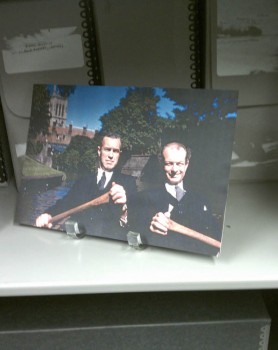 The trivia question reads: Who received his high school diploma the same year he won his second Nobel Prize?
The trivia question reads: Who received his high school diploma the same year he won his second Nobel Prize?
The answer is Linus Pauling — one of the greatest scientific minds of the 20th Century and the namesake of one of USANA’s most important research partners, the Linus Pauling Institute.
If you want to get extra points, you can mention that the award Pauling won in 1962 was his second unshared Nobel Prize, making him the only person in history to achieve such a feat. (He won for Chemistry in 1954 and Peace in 1962.)
But to reduce Pauling’s life to trivia questions doesn’t do justice to someone who’s intellect, passion, and ambition greatly expanded scientific knowledge and redefined the role scientists can play in the public discourse.
A Scientist is Born
Pauling was born February 28, 1901 in Portland, Oregon, to a druggist named Herman and a small-town girl named Isabel. His early years were spent bouncing between Portland and Condon, Oregon — a small farming community in Eastern Oregon. When Pauling was only 9 years old, his father died suddenly.
Whether it was inspiration or coincidence, his father’s death was followed in 1911 by the first inklings of the scientist Pauling would become later in life. He started collecting insects and taught himself how to classify them. Pauling’s interest later moved to rocks and minerals.
But it was 40 years before his first Nobel Prize when one experiment with a friend’s bedroom chemical laboratory cemented Pauling’s decision to become a chemist. The reaction Lloyd Jeffress did between sulfuric acid and a mixture of sugar and potassium chlorate produced a piece of black carbon and a 13-year-old chemistry pioneer in the making. Soon Pauling had a lab in his mother’s basement.
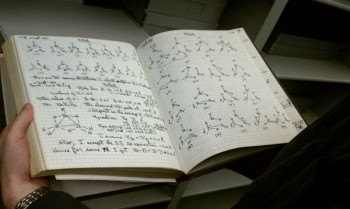 School’s In Session
School’s In Session
Although he didn’t receive his diploma until much later, Pauling had enough high school credits to enter Oregon Agricultural College — what is now Oregon State University — on October 6, 1917. He majored in chemical engineering. Pauling’s college career included an F in gym, an instructor position before he had graduated, and a life-altering encounter with a student in one of his classes — Ava Helen Miller, the woman he would eventually marry.
Over the next few years, Pauling published his first scientific paper, got married, earned a Ph.D. from the California Institute of Technology (CIT), had his first child, earned a Guggenheim Fellowship to improve his knowledge of physics, and published his first book.
[youtube]Tl361R6NMag[/youtube]
If you’re unable to view the video, please visit the USANA YouTube channel.
A Life of Discovery
A life of such accomplishment — one that included at least 23 distinct areas of scientific interest and over 1,000 articles, as well as discoveries in molecular bonding and protein structure and a dedication to world peace — deserves better than a bulleted highlight list. Unfortunately, the prolific nature of Pauling makes it impossible to fully tell the story in such a small space. Here are a few of the highlights:
 1932: Pauling met and talked with Albert Einstein
1932: Pauling met and talked with Albert Einstein- 939: The Nature of the Chemical Bond, and the Structure of Molecules and Crystals is published, and is frequently cited
- 1947: Published the textbook General Chemistry, which changed the way college chemistry was taught
- 1947: Lost the race to discover the structure of DNA when his triple helix model ended up being incorrect
- 1954: Awarded Nobel Prize in Chemistry
- 1958: After years of advocating against nuclear bomb testing and for world peace, Pauling published No More War!
- 1962: Received high school diploma and the Nobel Peace Prize
- 1970: Published Vitamin C and the Common Cold, which becomes a best seller
- 1973: Helped found The Institute of Orthomolecular Medicine, the precursor to the Linus Pauling Institute of Science and Medicine
- 1977: Governor of Oregon declares June 1 “Linus Pauling Day”
- 1986: Published How to Live Longer and Feel Better at age 85
(The OSU special collections has a comprehensive and interesting yearly breakdown of Pauling’s life. I would recommend it.)
Pauling’s name is surely etched in the pantheon of science. He’s an inspirational figure — a person who showed that a passion for understanding and an inquisitive mind could better the world. Through his work in the lab, he helped everyone see the picture of existence a little more clearly. And through his letters, books, speeches, and the activism he shared with his wife, Pauling pushed for a peace that used science to improve lives, not destroy them.
For more information about the life and legacy of Linus Pauling, visit The Pauling Blog.
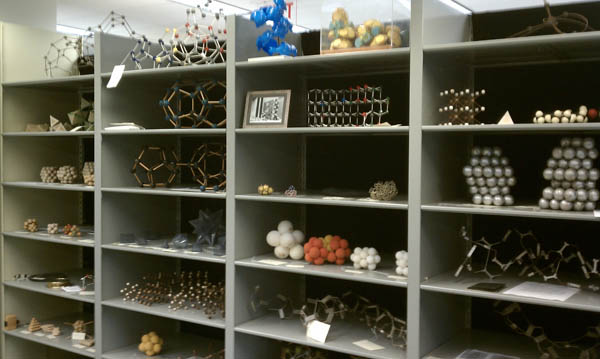
We’re proud to bring you the freshest content on the web! Follow USANA on Twitter, like our USANA Facebook page and enjoy the latest videos on the official USANA YouTube channel.

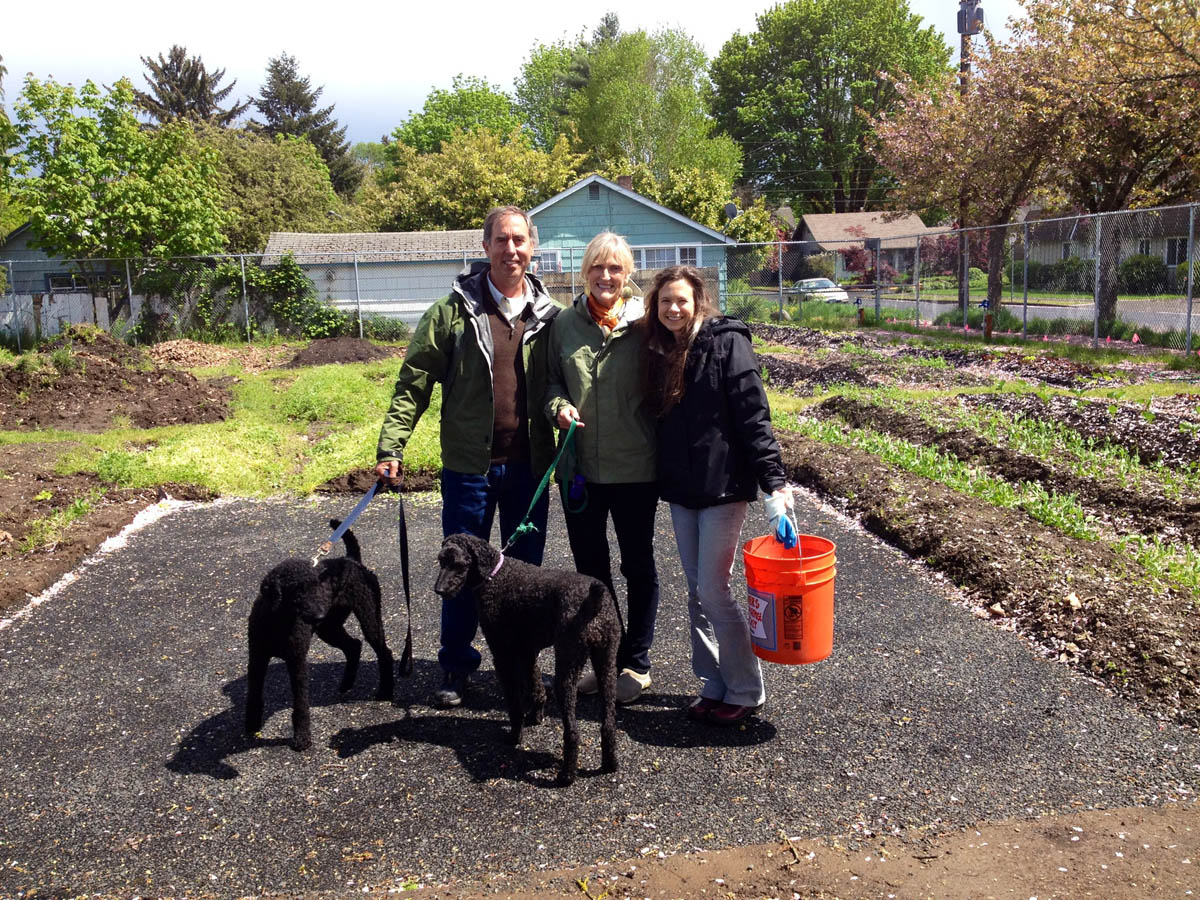

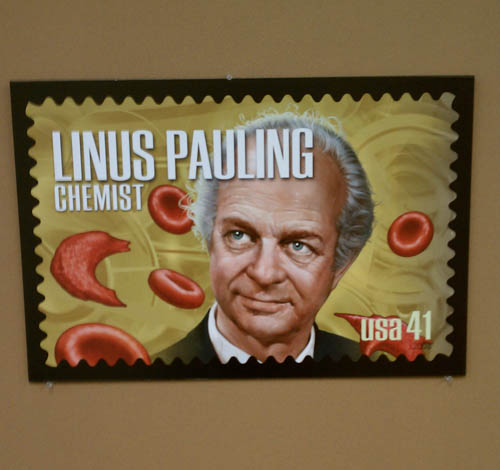
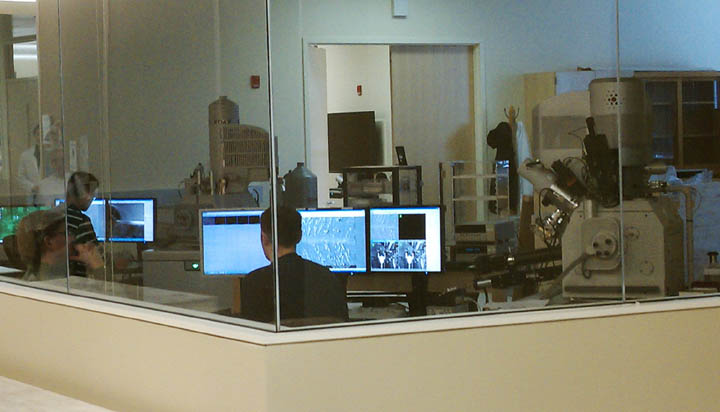
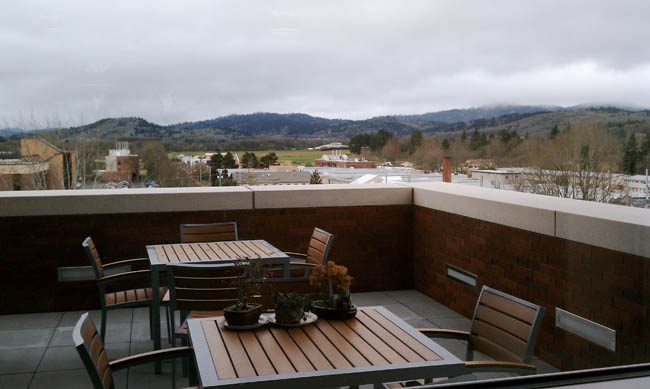
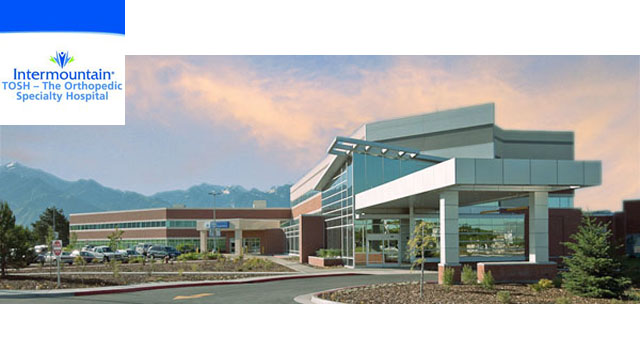

Leave a Reply
Want to join the discussion?Feel free to contribute!